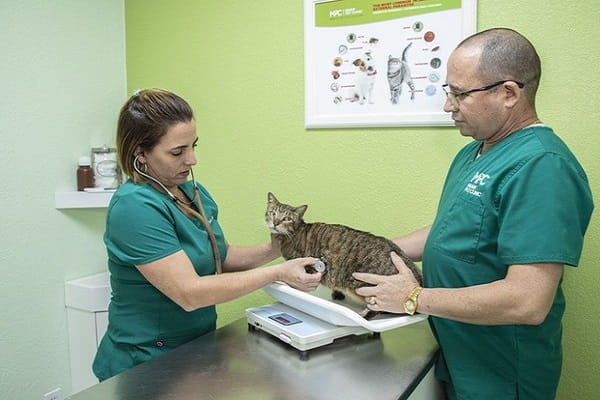What is the Difference Between Forex and Trading?
Now, the world of finance offers a wide variety of opportunities for those interested in trading and investments. There are various alternatives, such as the currency market known as Forex and, in general, popular trading.
Although these are used interchangeably, it is important to clarify their differences. In this article, we will help you differentiate what Forex is about and what trading represents.

What is Forex?
You may have heard this term many times and related it, but you don’t really know what it is about. What is Forex? or foreign exchange market, well, the foreign exchange market, known as Forex, is the largest and most liquid financial market in the world. In this, the currencies of different countries of the world are negotiated.
The group of participants in this market includes everything from banks, financial institutions and multinationals, to individual traders and governments. This decentralized market was born with the objective of facilitating the monetary flow derived from international trade. The daily volume of transactions generated moves around five billion dollars.
The main trading centers are the London, New York and Tokyo stock exchanges. It should be noted that the Asian markets open first, then the European markets and then the American markets. The market opens on Sunday afternoon (US East Coast Time) and closes on Friday at 4:00 pm Eastern.
The above allows permanent access to the markets with the benefit of greater liquidity. In addition, it also enables a rapid response capacity to economic or political events that have effects on it.
Forex Features
Below are other characteristics that will allow you to differentiate Forex more clearly:
- As it is not a centralized market, there is no single price for the currencies that are traded. This depends on the different agents that participate in the market.
- The foreign exchange market is a global market that, although it has 24-hour access, in practice, is limited by the break in operations on the weekend. Beyond these interruption periods, operators can place buy and sell positions, which will benefit when the market begins to fluctuate.
- Fluctuations in market rates are usually generated by real monetary flows, as well as expectations of changes in them. This is due to economic variations such as GDP growth, inflation, interest rates, the budget or the trade deficit.
- In Forex, traders buy and sell currency pairs. For example, the EUR/USD pair represents the dollar against the US dollar. Traders speculate on the price movement of these pairs, trying to make profits by buying or selling at the right time.
Trading: the broad approach
Now, it is time to clarify what trading is and how it relates to Forex. It must be understood that this term is broader, as it covers a variety of markets and financial products. Trading involves buying and selling assets with the aim of making profits through speculation on price movements.
It can be said then that trading operations are based on buying an asset to sell it at a higher price or selling it to later buy it at a lower price. This means that it is completely linked to market volatility, since, if prices move contrary to expectations, losses may occur.
Trading Features
In this sense, the following are some of its characteristics, which will make the relationship between trading and Forex clearer.
- Trading can be done in different financial markets such as stocks, bonds, raw materials, cryptocurrencies, among others. Traders are the ones who choose the market to operate, according to their interests and strategies.
- Trading includes a variety of styles, including daily trading or day trading. There is also short-term trading ( swing trading ) and long-term trading ( position trading ). These styles differ, as is evident, in the duration of the operations and the strategies used.
- Furthermore, trading involves data analysis and the interpretation of signals to make buying or selling decisions. Traders use technical analysis (indicators, patterns of price changes) as well as fundamental analysis (financial reports, economic news) to make informed decisions.
Conclusion
In conclusion, it should be noted that Forex is a specific subset of trading that focuses on the foreign exchange market. Furthermore, trading covers a wide range of markets and financial products, giving traders the opportunity to diversify their investments and adapt to different market conditions.
Beyond the above, it is important to highlight that both Forex and trading involve significant risks for those who operate in them. Price movements in the foreign exchange market can be volatile and influenced by other factors. Which is it? The economic, political and social events that the world is going through.
Likewise, trading carries risks, since assets can fluctuate and generate potential losses. In terms of focus, Forex focuses on currency trading, while trading offers a wide range of opportunities, such as stocks, bonds, commodities, cryptocurrencies and more.
Read Also: 10 Tips for choosing the best Online Trading Platform
What does apply to both is that anyone interested in venturing into one should educate themselves, perform thorough market analysis, and have adequate risk management. It is extremely important that thorough research is carried out and financial advice is sought before embarking on any of these operations.






![List Of The Largest Banks In America 2022 [New Ranking] 8 List Of The Largest Banks In America 2022 [New Ranking]](https://allroundgist.com/wp-content/uploads/2022/10/largest-banks-in-america-img_17262-min.jpg)